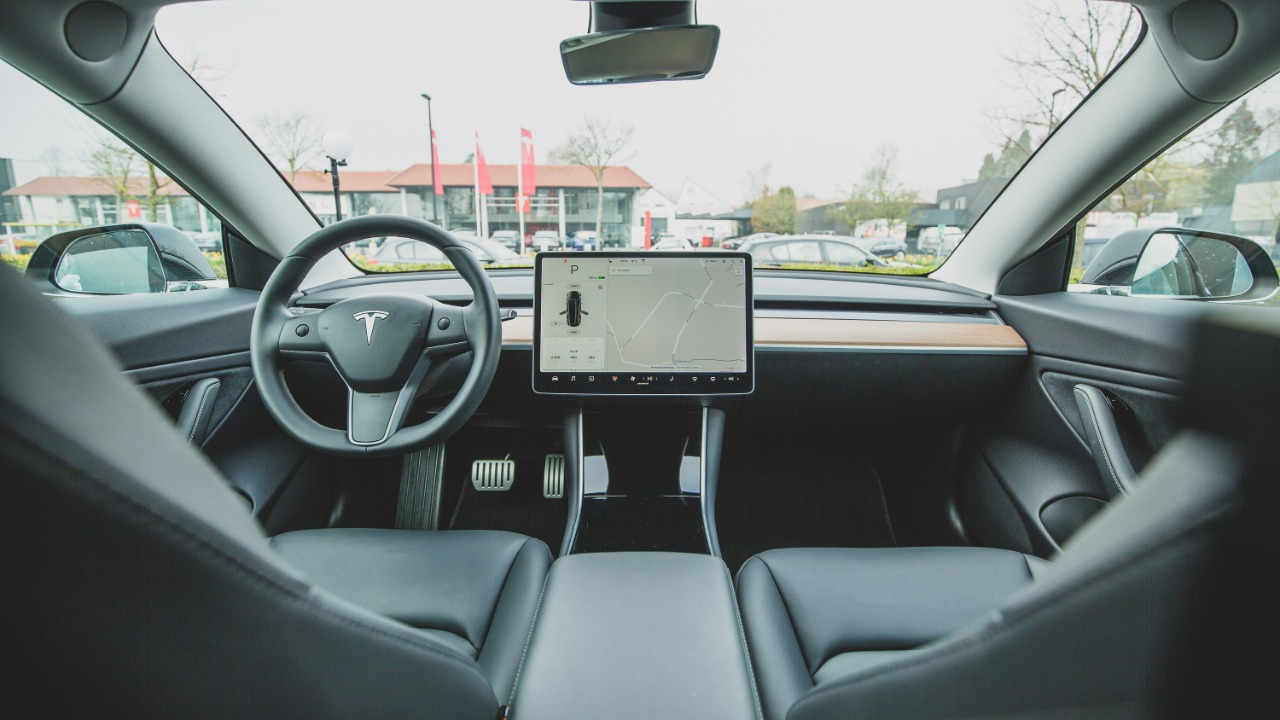
In today’s fast-paced world, car safety features have become more than just optional add-ons. They are essential components that protect drivers, passengers, and pedestrians alike. As technology advances, these features continue to evolve, providing increased safety and reducing the risks associated with driving.
Advanced Airbag Systems

Advanced airbag systems have become a staple in modern vehicles, evolving far beyond the basic front airbags introduced decades ago. Today, cars are equipped with side airbags, curtain airbags, and even knee airbags, providing comprehensive protection in various types of collisions. The 2023 Mercedes-Benz S-Class, for example, includes a rear-seat airbag that deploys from the front seatbacks, offering additional safety for backseat passengers.
These systems work by deploying airbags in milliseconds upon impact, cushioning passengers and reducing the risk of serious injury. The National Highway Traffic Safety Administration (NHTSA) has documented the life-saving benefits of airbags, making them an indispensable feature in every car.
Anti-lock Braking System (ABS)

The Anti-lock Braking System (ABS) is a crucial safety feature that prevents wheels from locking up during hard braking, maintaining traction and allowing drivers to steer. This technology has been shown to significantly reduce the risk of accidents, especially on slippery surfaces. ABS is standard in most vehicles today, including the 2023 Toyota Camry, which is known for its reliable safety features.
By modulating brake pressure automatically, ABS ensures that the vehicle remains stable and controllable even in emergency braking situations. According to a Car Care Clinic Jet Lube article, ABS is one of the top features that can save lives, making it a must-have in any car.
Electronic Stability Control (ESC)
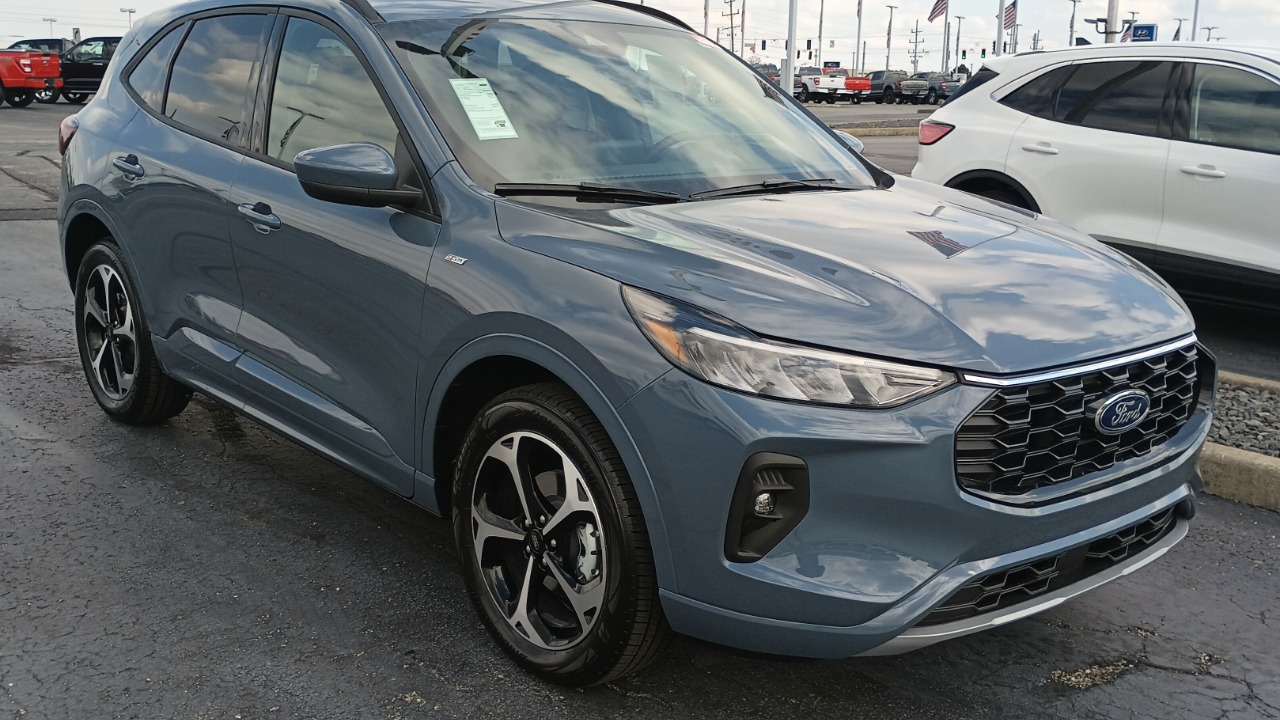
Electronic Stability Control (ESC) is designed to prevent skidding and loss of control, particularly during sharp turns or sudden maneuvers. It works by detecting when a vehicle is veering off its intended path and applying brakes to specific wheels to help maintain stability. The 2023 Ford Escape is one example of a vehicle equipped with this technology.
ESC has been proven to reduce single-vehicle crashes by nearly 50%, making it one of the most effective car safety technologies available. Its ability to correct oversteer or understeer helps drivers keep control, especially in adverse weather conditions.
Blind Spot Detection

Blind Spot Detection is a feature that uses sensors to monitor areas that are not visible in the rearview or side mirrors. This system alerts drivers to the presence of vehicles in their blind spots, reducing the chances of collisions during lane changes. Vehicles like the 2023 Honda Accord come equipped with this technology, enhancing driver awareness.
By providing visual or audible warnings, Blind Spot Detection empowers drivers to make safer decisions on the road. Its effectiveness in preventing side-swipe accidents has made it a valuable addition to modern cars.
Lane Departure Warning

Lane Departure Warning systems alert drivers when they unintentionally drift out of their lane. This feature uses cameras or sensors to monitor lane markings and provides an alert if the vehicle begins to deviate without signaling. The 2023 Hyundai Sonata, for example, includes this feature as part of its comprehensive safety suite.
By helping drivers stay in their lanes, this system reduces the likelihood of accidents caused by inattentiveness or drowsiness. Lane Departure Warning is especially beneficial during long drives or in heavy traffic, where maintaining lane discipline is crucial.
Automatic Emergency Braking (AEB)
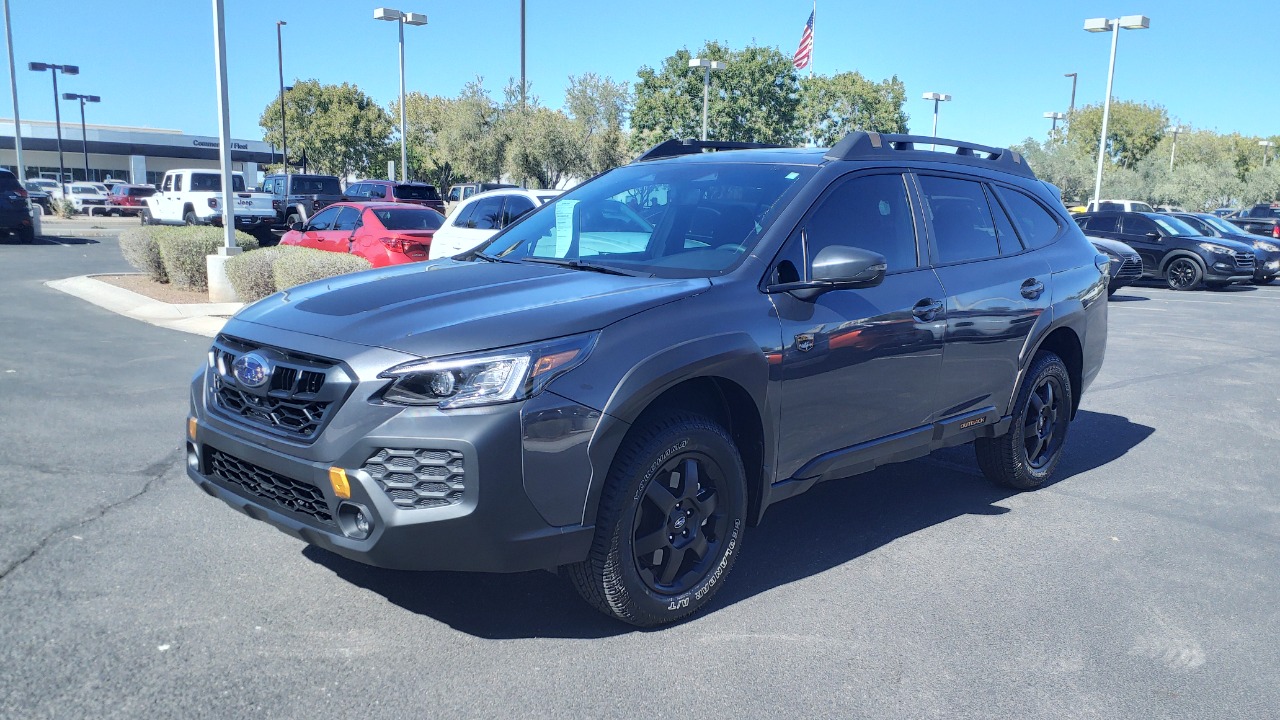
Automatic Emergency Braking (AEB) systems detect potential collisions with other vehicles or obstacles and apply the brakes if the driver does not respond in time. This proactive technology can prevent accidents or mitigate their severity. The 2023 Subaru Outback is a notable model that includes AEB as a standard feature.
By reacting faster than a human driver, AEB enhances safety significantly. The NHTSA has conducted extensive research on AEB systems, highlighting their potential to reduce rear-end collisions.
Adaptive Cruise Control

Adaptive Cruise Control (ACC) takes traditional cruise control a step further by automatically adjusting the vehicle’s speed to maintain a safe following distance from the car ahead. This system uses radar and cameras to monitor traffic and can slow down or speed up the vehicle as needed. The 2023 Audi A4 offers ACC, providing a more comfortable and safe driving experience.
By reducing driver fatigue and aiding in traffic management, ACC contributes to safer highways and less stressful commutes. It’s a game-changer for long-distance travel and daily driving alike.
Rearview Cameras
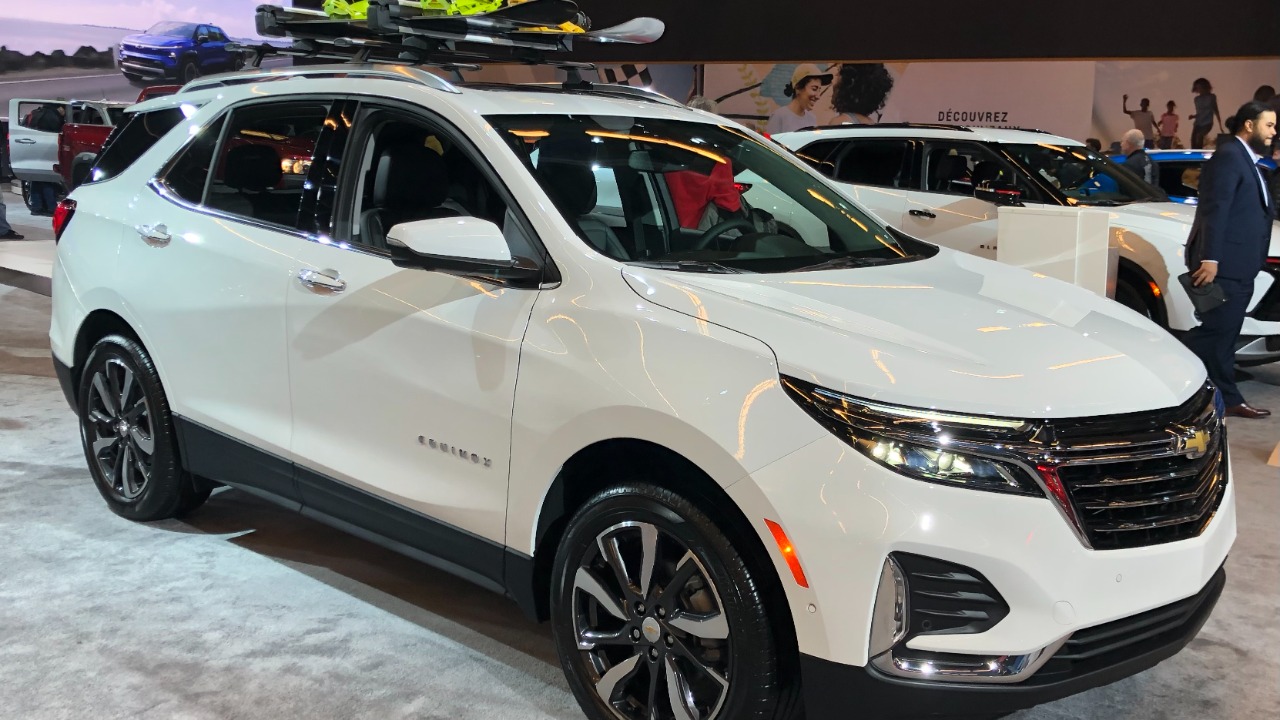
Rearview cameras are a simple yet effective tool for preventing accidents when reversing. They provide a clear view of the area behind the vehicle, helping drivers avoid obstacles or pedestrians. Since 2018, rearview cameras have been mandatory in all new vehicles sold in the United States.
Models like the 2023 Chevrolet Equinox feature high-resolution rear cameras, offering drivers confidence when parking or backing out of driveways. This technology has drastically reduced the incidence of backover accidents, particularly involving children and pets.
Tire Pressure Monitoring Systems (TPMS)

Tire Pressure Monitoring Systems (TPMS) alert drivers when tire pressure is too low, preventing blowouts and enhancing fuel efficiency. These systems are now standard in most vehicles, including the 2023 Nissan Altima.
Maintaining proper tire pressure is crucial for vehicle stability and safety. TPMS helps drivers stay informed about their tires’ condition, reducing the risk of tire-related incidents. According to research, proper tire maintenance can also improve fuel economy and extend tire life.
Pedestrian Detection Systems
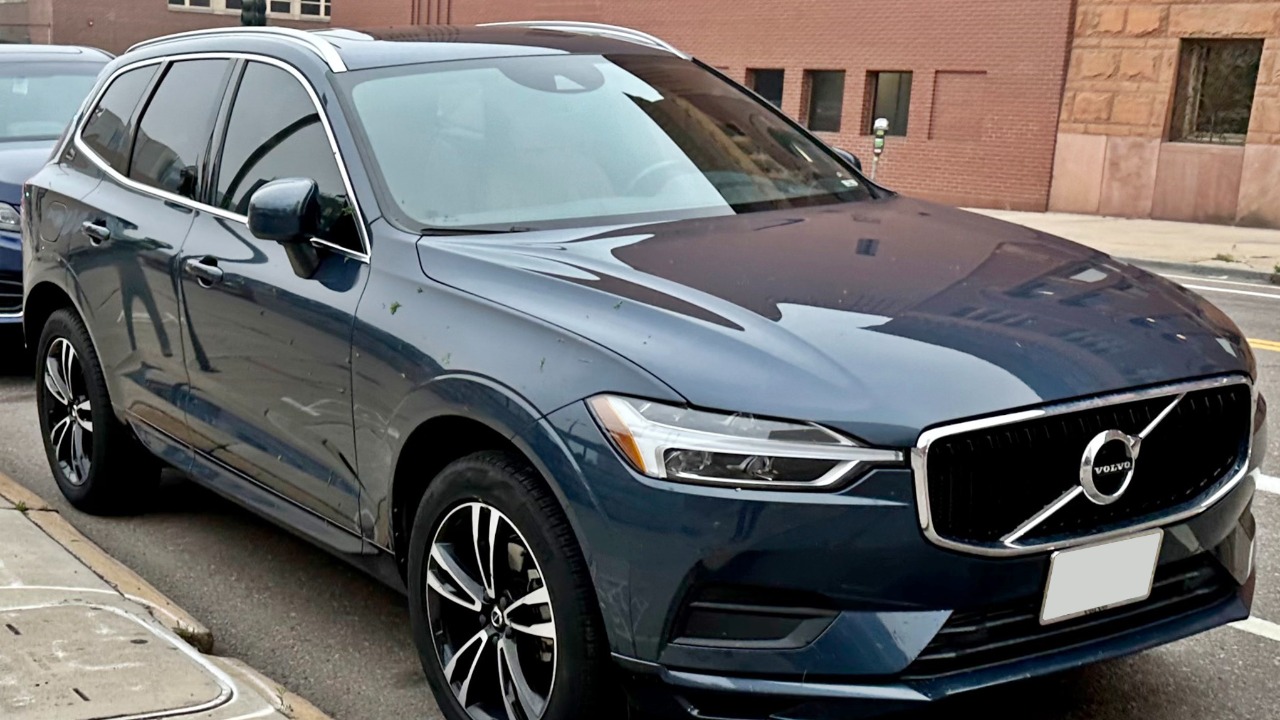
Pedestrian Detection Systems use advanced sensors and cameras to identify pedestrians in the vehicle’s path and alert the driver or automatically apply the brakes. This technology is especially important in urban areas with heavy foot traffic. The 2023 Volvo XC60 is an example of a vehicle that offers this life-saving feature.
By addressing one of the most vulnerable groups on the road, Pedestrian Detection Systems play a critical role in improving road safety. These systems have been instrumental in reducing the number of pedestrian accidents, making streets safer for everyone.